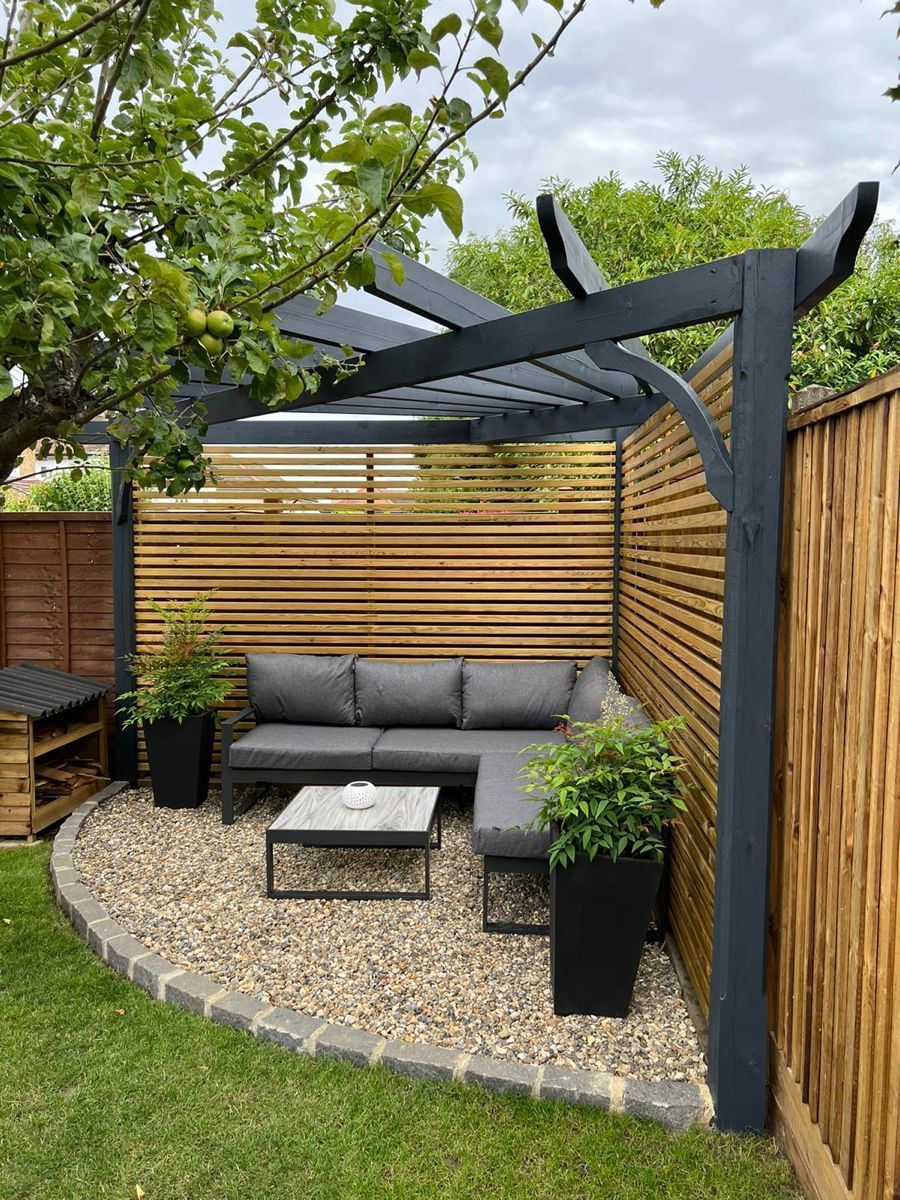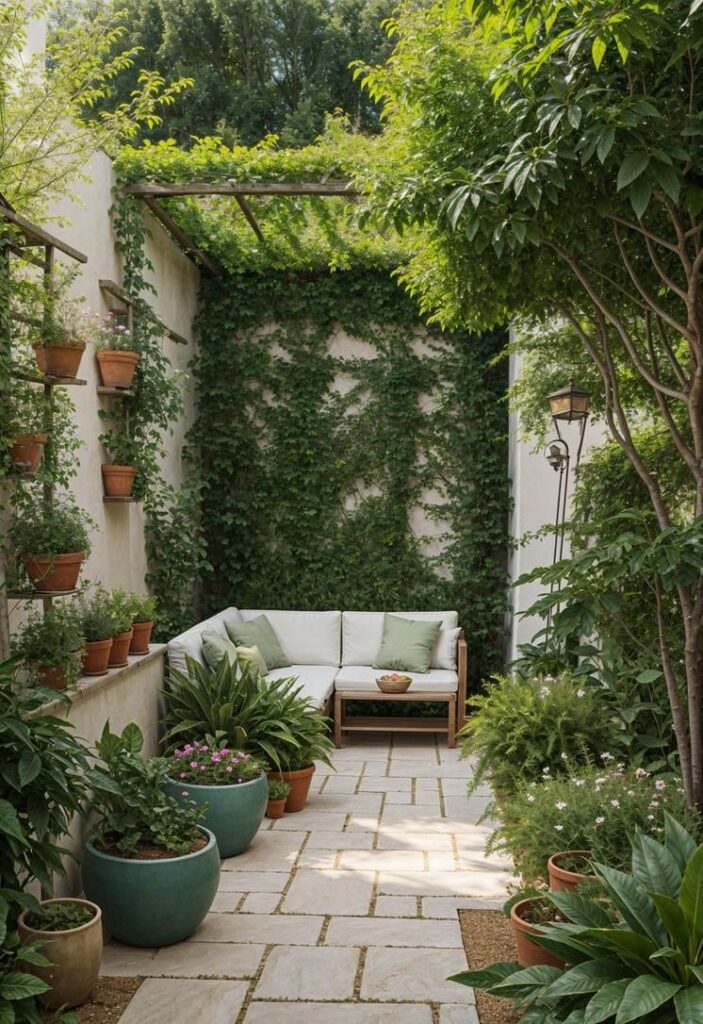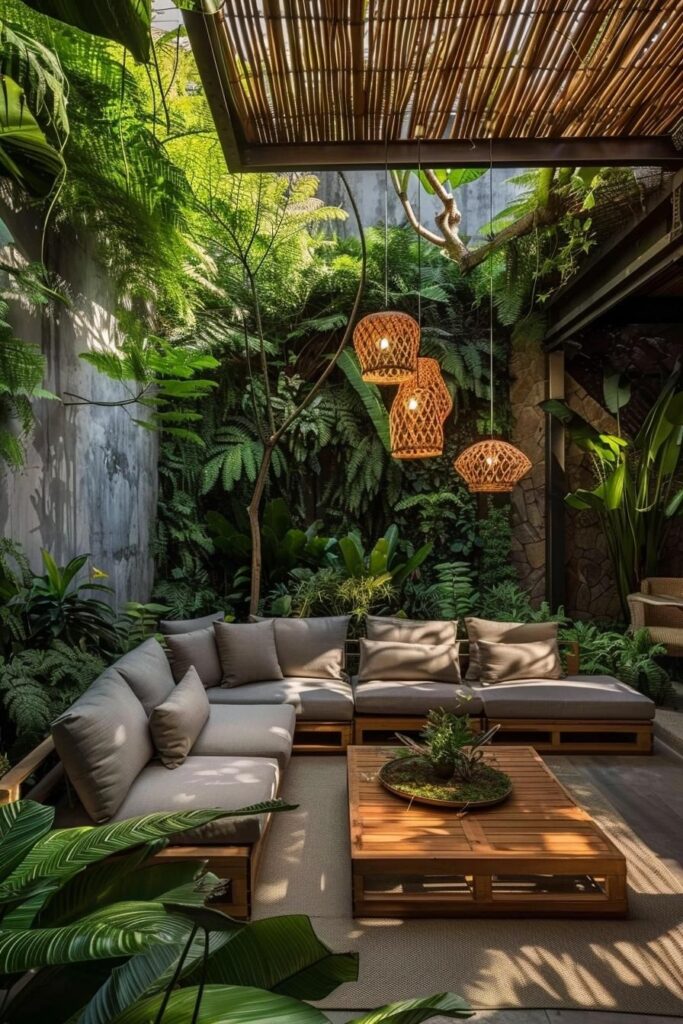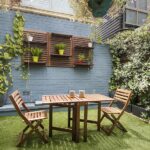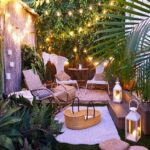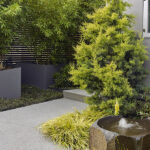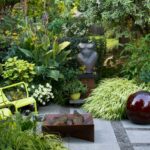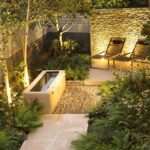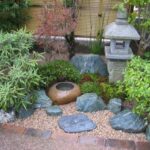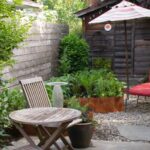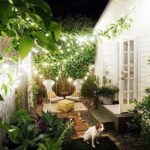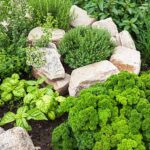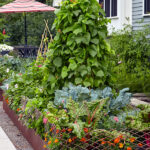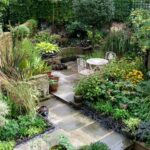When it comes to designing a garden in a small space, creativity and planning are key. With limited square footage, it’s important to maximize every inch of space in order to create a beautiful and functional outdoor oasis. Here are some tips for designing a garden in a small space.
First and foremost, consider the layout of your garden. When working with a small space, it’s important to make the most of vertical space. Consider adding a trellis or vertical garden to grow climbing plants such as ivy, clematis, or jasmine. Utilizing walls and fences for hanging pots or shelves can also help to maximize space.
Incorporating multi-functional elements into your garden design can also help to make the most of limited space. For example, a bench with built-in storage can provide seating while also serving as a place to store gardening tools or supplies. Similarly, a small table that doubles as a plant stand can provide both functionality and style.
When it comes to choosing plants for a small garden, opt for compact varieties that won’t overwhelm the space. Dwarf shrubs, grasses, and perennials are great choices for small gardens as they require less space to grow while still adding beauty and texture. Consider mixing different plant heights and textures to create depth and visual interest in a small space.
Adding mirrors or other reflective surfaces to your garden can help to create the illusion of depth and make your space feel larger. Strategically placing a mirror on a wall or fence can help to bounce light around the garden and create a sense of expansiveness. Reflective materials such as stainless steel, glass, or water features can also help to enhance the sense of space in a small garden.
Incorporating elements of symmetry and balance into your garden design can help to create a cohesive and visually pleasing space. For example, placing matching planters on either side of a pathway or using repeated patterns in plantings can help to create a sense of order and organization in a small garden. Paying attention to scale and proportion is also important in creating a balanced and harmonious garden design.
Finally, don’t forget to consider the hardscape elements of your garden. Choosing the right materials for paths, patios, and decking can help to create a cohesive and well-designed outdoor space. Opt for materials that are visually appealing and durable, such as natural stone, composite decking, or gravel. By carefully selecting hardscape materials that complement your plantings and overall design aesthetic, you can create a small garden that is both functional and beautiful.
